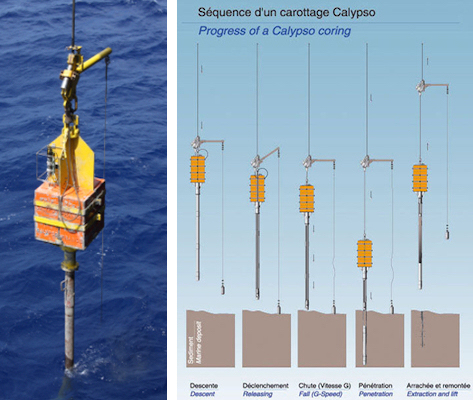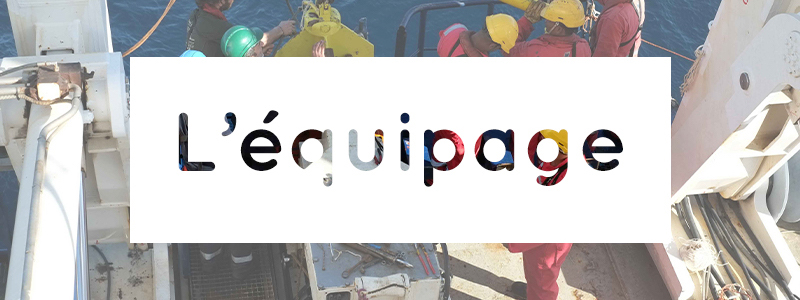13th February 2020
By Ellie Pryor
We are currently coring at 40°32.39 S, the Piston corer has just made contact with the seafloor sediment!
However, what an eventful night we have had! We arrived at our new station late last night and were all set to deploy the piston core. The crew were ready out on deck, the PIs were ready in the science room, but the machine however was not. It turns out there was a fault with the winch and the remote control so whilst that was getting fixed, we could not core. And yet, the crew worked super hard and have already managed to fix the fault!
Sediment coring is generally accompanied by sampling the surface sediments and the sediment-water interface using a multi-corer (see previous blog post by Kelly). Sediment cores are a cylindrical collection of seafloor sediment/mud, which we can use to reconstruct climate or ocean variability in the past. Effectively we take the sediment, slice it in half lengthways, keep one half for the archive and work on the other half.
 Piston Cores are devices used to recover long sediment cores, invented originally by B. Kullenberg (hence the name for the Kullenberg core), the piston core is the most used within the scientific community. It allows the collection of long cores as friction within the tube is reduced.
Piston Cores are devices used to recover long sediment cores, invented originally by B. Kullenberg (hence the name for the Kullenberg core), the piston core is the most used within the scientific community. It allows the collection of long cores as friction within the tube is reduced.
The core is slowly placed into the water, it starts horizontal and fully tips into a vertical position, however this is a slow process. The core then slowly is lowered to the seafloor, the core device has a trigger attached to it, connected to a small weight and wire which extends below the base of the piston core tube. When the trigger penetrates the sea floor it lifts and triggers the release of the piston core which falls freely relying on gravity to fall into the sediment. When it makes contact with the sediment surface a piston located within the coring tube is lifted up at the same speed as the penetration. The Calypso piston corer which is located on the R/V Marion Dufresne can recover cores as long as 60-70m depending on the sediment type. After the core has been taken the Calypso corer is extracted very slowly.





